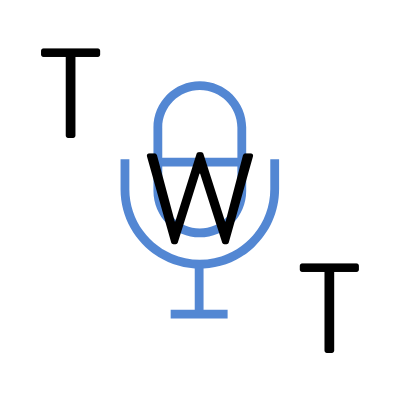Episode 249: Becca Eisenberg: Using Video Modeling to Teach AAC Communication Skills
This week on TWT, Rachel interviews SLP and AAC Specialist Becca Eisenberg about her work with older AAC users, including why she created her own YouTube Channel for video modeling called Life Skills to Learn! Becca shares ideas for motivating AAC users, including giving AAC users the freedom to direct therapy in new, more directions that are more interesting to the AAC user.
Before the interview, Chris and Rachel talk about one of Rachel’s older students who is still frequently using the word “potty” to ask to use the bathroom. The AAC user’s therapist asked Rachel about using more “mature” words, like “bathroom”, and she wondered if they should change the word on the device from “potty” to “bathroom”. Chris shares why he wouldn’t change the word “potty” to “bathroom” or anything else, and strategies we can use instead to encourage an AAC users to use a new word. Rachel shares her ideas for helping the student, including adding a bathroom “quick fire” pre-stored phrase that uses “bathroom”.
Key ideas this week:
Chris wondered about using the Frayer model to teach new words to AAC users. The Frayer Model is typically a graphical organizer divided into four quadrants. In the first quadrant, students list the definition of a word, the second contains examples (or pictures of examples) of the word, the third quadrant contains non-examples of the word, and the fourth contains characteristics of the word.
If we want an AAC user to use a new synonym to ask for something we need to explicitly teach the word we would like them to use and, when talking with the AAC user, we should change to use the same word ourselves.
We can use video modeling of functional tasks, like those on Becca’s YouTube channel Life Skills to Learn (https://www.youtube.com/@Lifeskills2learnwithBecca), to teach language concepts and functional skills at the same time.
We can better facilitate communication for AAC users when we give them choices during therapy and build trust. In Becca’s experience, when AAC users realize they have the freedom to direct where therapy goes next, they often communicate more. Becca sometimes has activities planned that she doesn’t get to on because the student wanted to communicate about something else.
